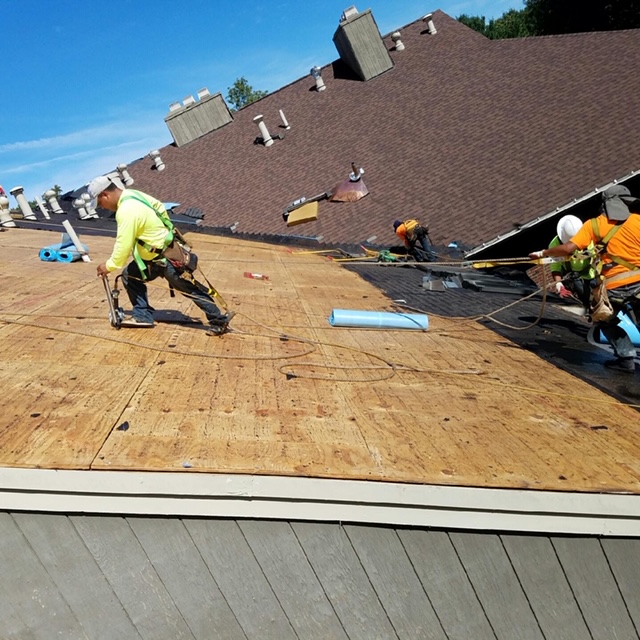
“I think it’s a boys’ club everywhere,” she says. Read: World’s ‘most exclusive club’ admits womenįrom an outside perspective, Hadid’s determination has paid off, finally cracking the notoriously masculine world of architecture. I think things have changed in the last 20 years.

“But when a woman is ambitious it’s seen as bad. Is there a defiant twinkle in her eye as she recalls the incident? “If you’re a man you’re seen as someone who’s tough and ambitious,” she says. Indeed, when Vienna’s MAK museum had an exhibition of her work in 2003, attendants wore t-shirts emblazoned with Hadid quotes such as, “Would they still call me a diva if I was a man?”

It means that you don’t challenge the situation.” “In London it was very timid, people behave well, they’re polite – especially if you’re a woman. I never sat back and said ‘walk all over me, it’s OK,’” she says about her headstrong approach. For detractors, they’re overbearing and over budget.Įither way, there’s no denying Hadid’s phenomenal success, the first woman to win the Pritzker Prize in 2004 – regarded as architecture’s Nobel – and in the last decade going from the architect who never built anything to the architect who built everything. Gaze across the sweeping roof of Hadid’s London Aquatic Centre or the overlapping limbs of Rome’s MAXXI museum, and you get the feeling these fluid forms are not harnessed by gravity at all.įor fans, they’re beguiling creations which redefined architecture for the modern age. Read: The $15m yacht controlled by an iPad. That’s one thing that’s different – architecture is tied to gravity.” “Unfortunately, architecture, as much as we’d like it to float, it doesn’t. “I like this kind of project because every time you do them, you learn about some other type of parameters which you had not always considered. “The idea was that the frames could be like veins,” explained Hadid. So just what goes on in the mind of an architect who has created buildings with the most intriguing shapes? They range from a 128-meter “master prototype” to a 90-meter version called “Jazz.” On the wall behind her, a plasma screen flashes computer-generated images of her six boats, their gleaming exoskeleton frames seamlessly weaving together each luxurious level. Her latest project is for German superyacht builders Blohm+Voss – the same company behind billionaire businessman Roman Abramovich’s “Eclipse,” the second-largest private yacht in the world. The installation is called “City of Towers,” and sitting a little behind this mini metropolis is the creator herself, dressed in a black cloak at a long table of rippling glass. the construction process required a team of 15 people for almost six months to assemble the dress.Perhaps the urban legends about her formidable demeanor are part of the mystique that has built up around the 63-year-old Iraqi-born Briton, who today boasts over 400 staff and 950 projects in 44 countries – including plans for Japan’s 2020 Olympic Stadium and the recently opened Serpentine Sackler gallery in London’s Hyde Park.ĭozens of models of Hadid’s distinctive white, sweeping, space-age designs sit on undulating plinths in her gallery in east London’s fashionable Clerkenwell. ‘it is a process-based design, creating not just one model but a family of them, fully simulated in 3D for a production dialogue with manufacturing robots rather than the human hand’, explains the design team. in a similar way, the traditional sewn motifs were coded and transmitted through generations. the crystals were controlled by a bespoke algorithm designed to interpret traditional patterns and re-create them from swarovski crystals. The crystals behave like 3D pixels, illustrating three-dimensional discrete patterns and organic reliefs. The dress is constructed from over 25,000 swarovski crystals informed by complex algorithms, the swarovski crystals act as structural elements to form the pattern drawn from the traditional romanian rug. ‘ identity and tradition will not be lost on the path of inter-globalization, they will evolve in unexpected ways, shaped by technology and emotions,‘ explain the designers behind foræva.

The realization of the complex construction was made possible through computer 3D simulations, algorithmic design methods, and digital prototyping.
#SPACE AGE ROOF TECH SOFTWARE#
conceived as a colorful and futuristic piece, the striking dress imagines couture of the space age while preserving elements of romanian tradition. the designers used the folk pattern from a traditional romanian rug as the basis for the pattern and employed digital software to achieve the high-tech construction process. Romanian fashion designer lana dumitru and architect vlad tenu have designed a crystal dress constructed from over 25,000 swarovski crystals for the launch of inter-disciplinary design lab, foræva.


 0 kommentar(er)
0 kommentar(er)
